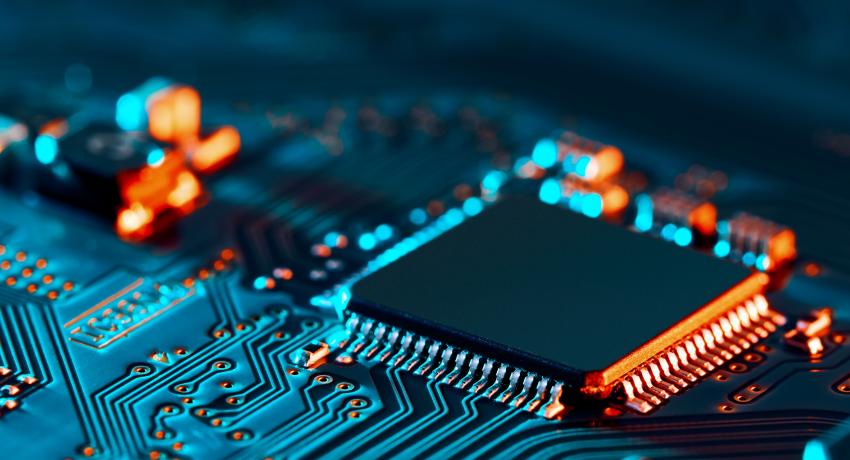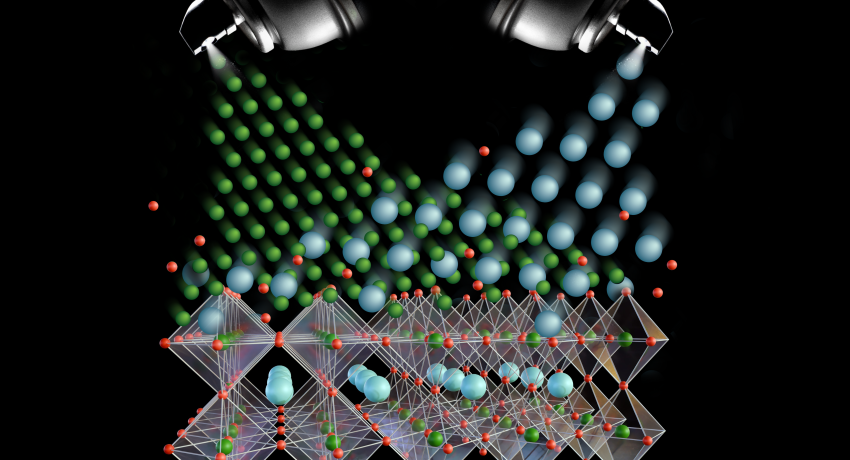$3M grant targets integrated semiconductor for smarter, greener electronics
By Jamie Oberdick
The microelectronics industry is nearing a tipping point. The silicon chips at the heart of everyday electronic devices are running into performance limits, raising the need for new materials and technologies to continue making faster, more efficient devices.




